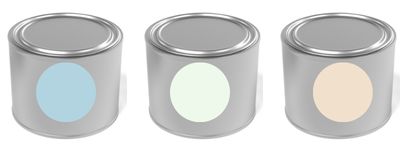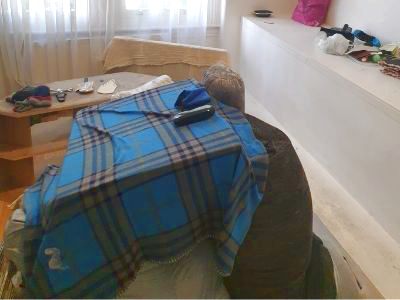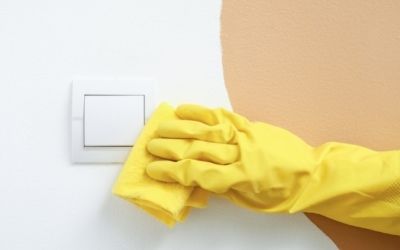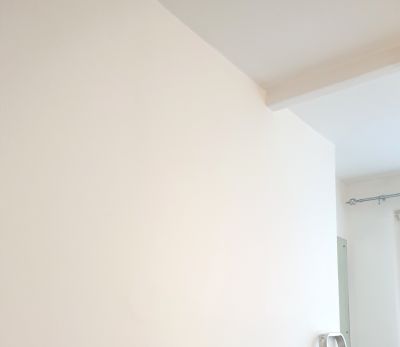We learned two things in '
DIY Wall and Ceiling Paint', firstly we happen to live in a very tiny flat, and b) the best way that we've found to increase the sense of space in the tiny rooms, is to use white paint on the walls and ceilings. We have experimented with other paint colours, such as eggshell blue, off-white and magnolia paints.







